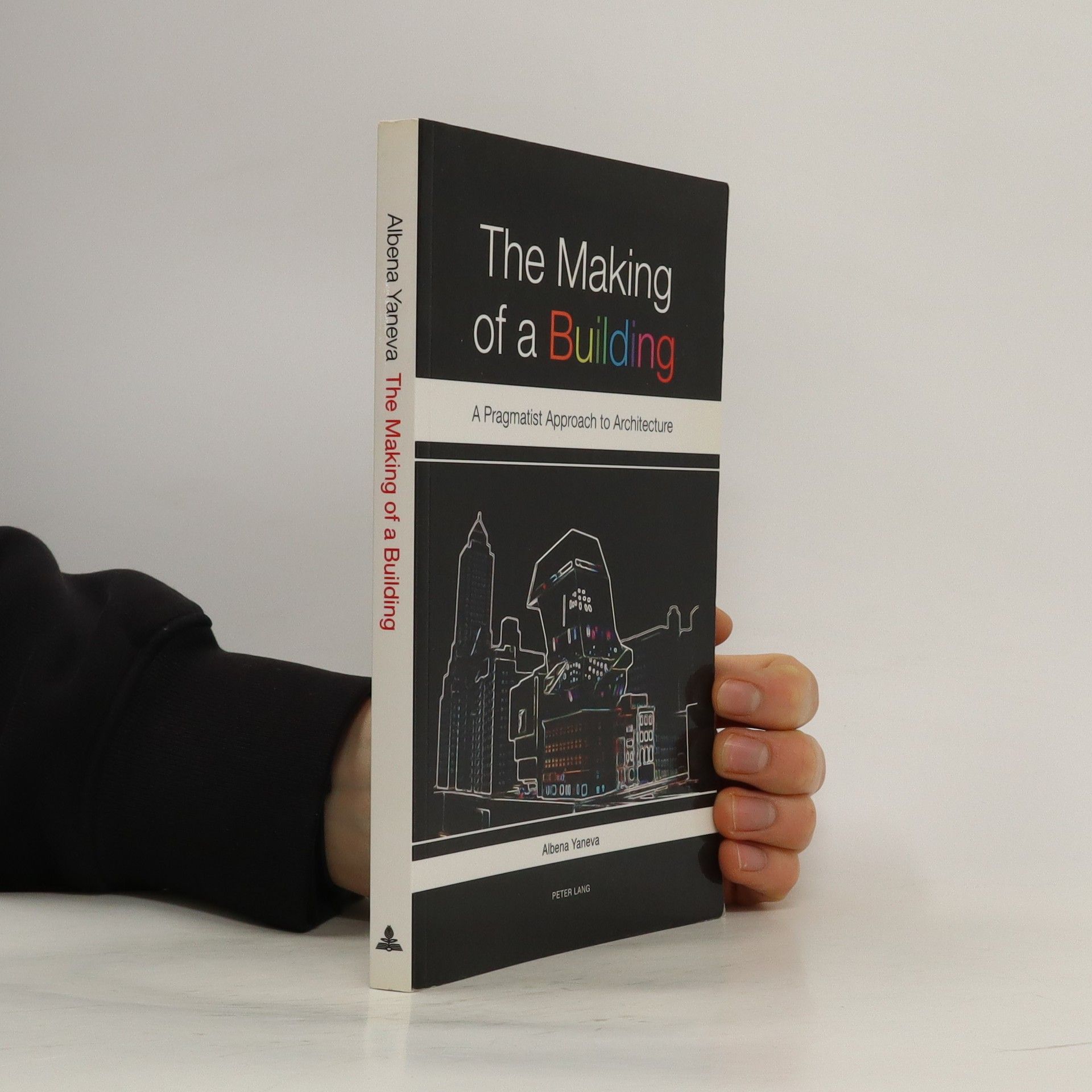Exploring the daily operations at the Canadian Centre for Architecture, this work highlights the collaborative nature of architectural design, emphasizing the contributions of archivists, librarians, and curators. Yaneva argues that the process of creating architectural archives serves as a crucial reflection of design's cultural significance in modern society, showcasing how these archives embody the collective efforts involved in the design process.
Albena Yaneva Knihy
Albena Yaneva je antropoložka architektury, jejíž práce překračuje hranice architektonické teorie, studií vědy a techniky, kognitivní antropologie a politické filozofie. Její hluboký zájem spočívá v pochopení toho, jak jsou architektonické objekty a města konstruovány a jak ovlivňují lidské myšlení a společnost. Yaneva se zaměřuje na kritické zkoumání procesů, které formují naše urbánní prostředí, a zkoumá nevyslovené předpoklady a politické síly, které se skrývají v architektuře. Její interdisciplinární přístup nabízí jedinečný pohled na složitost budování světa, ve kterém žijeme.




How do architects learn about a building-to-be? How does a building emerge and gain reality in the model shop, in scaling, in option making, in architects’ – and engineers’ – discussions, in public presentations? What does it mean to design? What does it mean to add a building to the city? Drawing on rare ethnographical material of architects at work at the Office for Metropolitan Architecture (OMA) of Rem Koolhaas in Rotterdam in the period 2001-4, this book offers a novel account of the social and cognitive complexity of architecture in the making. The author dismisses both stylistic periodization and socio-political constructivist methods as being inadequate to the task of understanding the dynamic process of how architects generate design through space and materiality, instead showcasing the potentials of the pragmatist approach as a research tool in the field of architecture. Offering a new way of understanding architecture as practice that takes place within the interactive networks of human and non-human actors, the book also tells the intriguing story of the extensions of the Whitney Museum of American Art in New York.
Architecture after Covid
- 224 stránek
- 8 hodin čtení
A 'parasite' in the city -- The laboratorization of urban space -- Pandemic variations of design practice -- Architectural research extended to things.
Latour for Architects
- 140 stránek
- 5 hodin čtení
Latour for Architects is the first introduction to the key concepts and ideas of Bruno Latour that are relevant to architects.